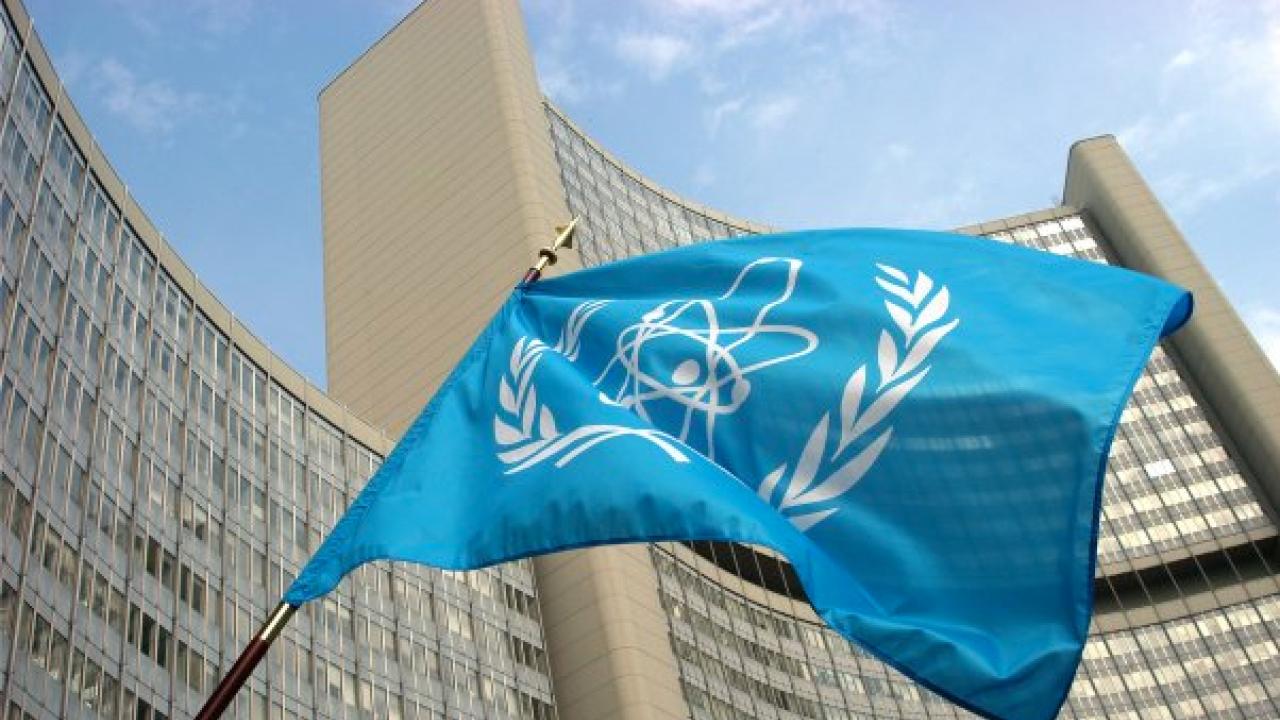
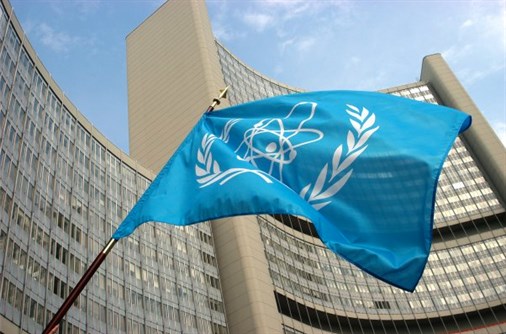 |
ICTP, together with its United Nations partner the International Atomic Energy Agency (IAEA), have a long tradition of promoting nuclear safety and security, and technological innovation, in the developing world. Every year, the two organizations run up to 12 joint workshops, schools and conferences. In addition to those annual events, ICTP and the IAEA have teamed up this year to offer training on leading-edge technology. A conference on environmental mapping and citizen science was held in March. More recently, ICTP and the IAEA held a Joint ICTP-IAEA School on Zynq-7000 SoC and its Applications for Nuclear and Related Instrumentation. |
|
What the rather cryptic title of the school refers to is a technology called ‘system on chip’, or integrated circuits that can be programmed to do specific tasks. These low-cost, customizable devices can be used for numerous applications, from radiation detectors to High Performance Computing (HPC). “The devices give flexibility, especially for developing countries, to develop instruments and tools which can be multipurpose and to modernize older equipment,” said Iain Darby, head of the IAEA’s Nuclear Science and Instrumentation Laboratory and co-director of the school. |
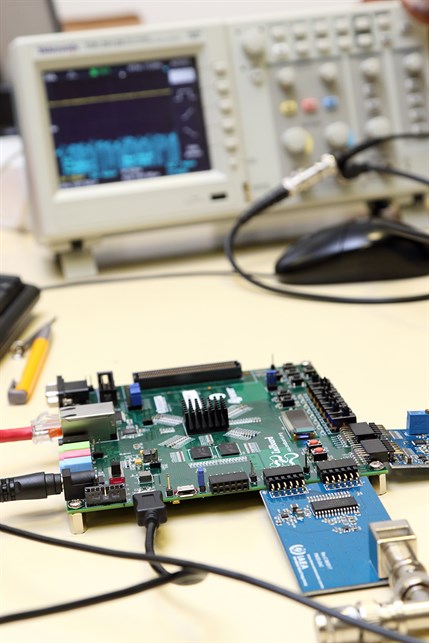 |
|
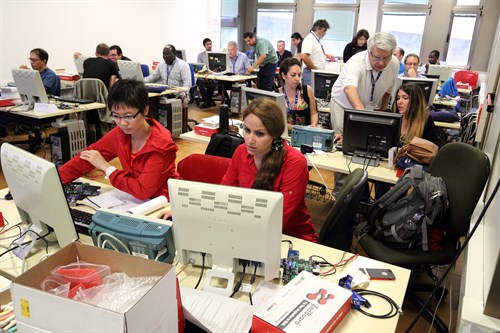 |
ICTP and the IAEA designed the course to encourage teamwork and capacity building. Class size was limited to 19 participants over four weeks, giving attendees, who came from 15 different countries, time to bond and work out technical solutions to the hands-on, project-based part of the school. They then presented their projects at the end of the course. |
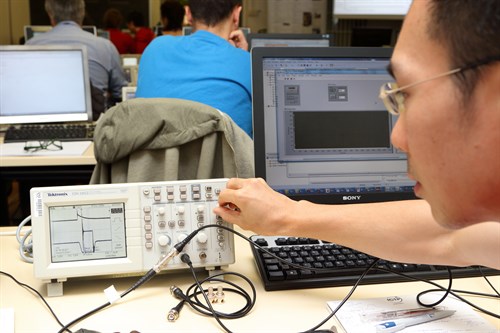 |
“This is the coming technology, and people need to know what to do with it,” said Darby, adding, “We are doing a variety of demo projects that are related to most of the things you can find this technology in, such as machine vision, HPC, and signal acquisition and processing.” |
| “One week of the activity was devoted to IAEA nuclear applications and nuclear instrumentation, and one week was spent on related applications,” said school co-director and ICTP scientist Maria Liz Crespo. “Participants learned techniques and methods for real-time data acquisition, processing and transmission that are common with other applications, and so can be used in other fields, to detect signals or pulses, for example,” Crespo added. | 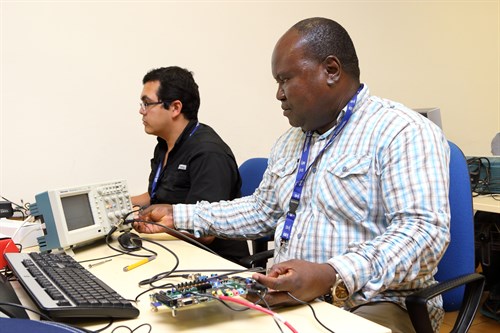 |
|
| Female participants made up nearly a third of the total group. “Some of the results of our activities are that maybe some of the participants will become Technical Cooperation Fellows, or a scientific visitor, or a TRIL Fellow, or an ICTP Associate,” Darby and Crespo explained. [Indeed, soon after the school finished, two attendees were offered Training and Research in Italian Laboratories (TRIL) fellowships.] | 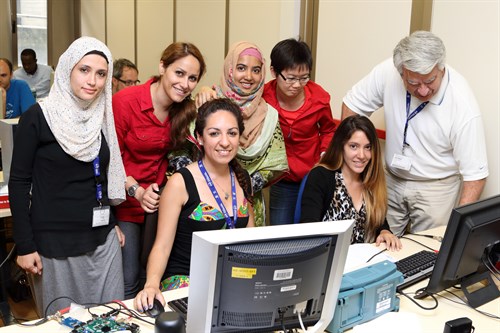 |
|
| The school’s projects centered on four themes identified by the course directors: particle detection and identification, image acquisition and processing, dynamic reprogramming, and HPC. The teams, each of which were managed by a course faculty member, decided how to approach their projects. Darby described the working atmosphere as “like a hackathon”. | 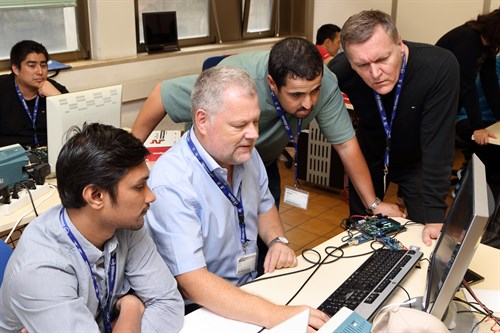 |
|
|
By the end of the month-long course, participants gained not only technical know-how but also well-honed teamwork skills. “This programme meant a lot to us,” said participant Abba Sani of Nigeria, adding, “Although we come from different countries and cultures, we share the same desire to learn, and that is what brought us here." "We arrived as trainees, and we are leaving as experts,” Sani concluded. |
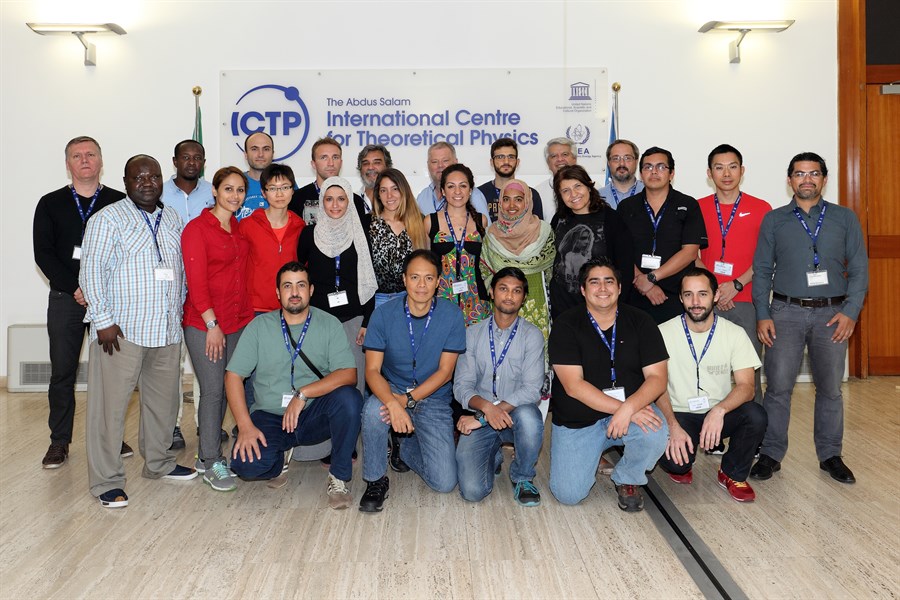 |
















